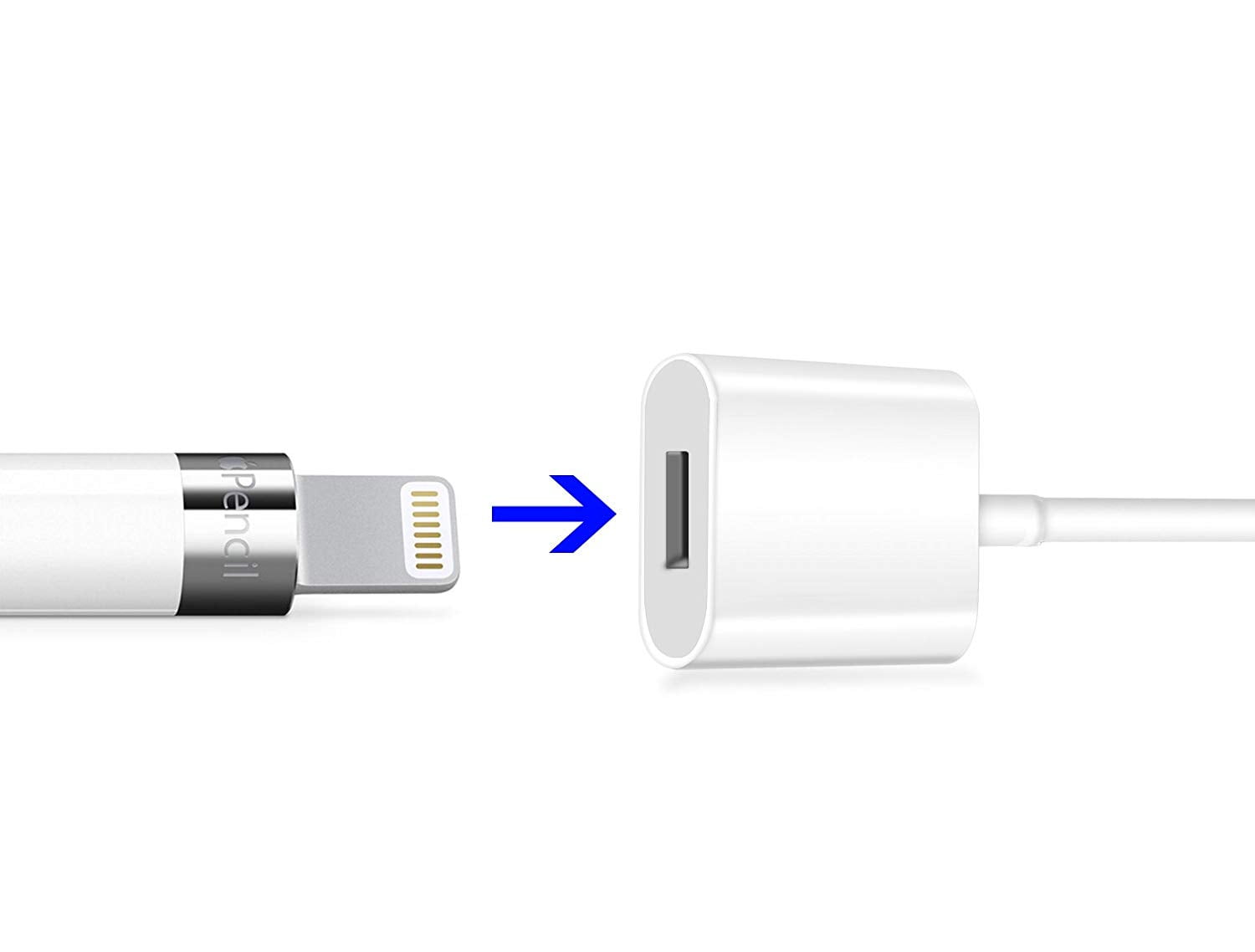
Apple is a company that is enormously detail-oriented, and at a certain point you have to assume that the flaws in its entry-level products are not there because of managerial missteps or lack of resources, but because they want to prod you into buying something more expensive. The dongle is very much of a piece with Apple’s general approach this year, which we’ve also seen with the weirdly cautious iPhone 14 upgrade: Buy the better model. It’s there to upsell you to a better model And then your Apple Pencil will be useless until you pay another $9. It’s tiny and it doesn’t attach to anything when not in use. So, if you were hoping to use the dongle to repurpose your old Lightning cables (in order to charge a USB-C iPad, for example), you’re out of luck: in fact, a standard male Lightning connection doesn’t even fit into the dongle.

It doesn’t even work as a Lightning to USB-C adapterĪ general-use Lightning/USB-C adapter would have some utility, but as a Redditor discovered through extensive testing, the dongle appears to be a single-use product. Apple has had plenty of dongles over the years, but the Apple Pencil adapter is particularly irritating. Either the wrong product has been bought for the job, or it was designed wrong in the first place. A dongle is a tacit acknowledgment that something has gone wrong. Using a dongle always reminds me of what Steve Jobs said about (appropriately enough) styluses: if you see a dongle, they blew it. Looking for more ways to keep your devices charged and connected? Check out our stories on the best fast chargers, the best USB-C hubs, and the best USB car chargers.Dongles, which cost extra and get lost, and make everything less convenient, are understandably a sore point for Apple users, and they seem to be proliferating. To make our final selection, we considered options from well-established companies such as Apple, Anker, and Belkin for a variety of use cases, and zeroed in on details like durability, portability, warranties, and compatibility certifications.

We also consulted with senior technology editor Stefan Vazharov and took into account reviews from other expert sources, such as Wired and Wirecutter.

These USB-C to Lightning adapters are compatible with a wide range of devices and cords. If you'll use it on occasion for heavy data transfers, prioritize transfer speed and quality over size. If it'll always be plugged into your charging cable, opt for a smaller option. Consider the size of the adapter and whether you need it to have any other dongles on it, like a USB-A or micro USB adapter. Rather than carrying a Lightning cable to charge your iPhone and a USB-C to charge your headphones, a low-profile adapter means you can carry one USB-C cable to charge all your stuff.Īpple uses the MFi-certified ("Made for iPhone/iPad-certified") badge to confirm the quality of third-party adapters, but there are plenty of great options that don't have this certification, so it isn't a must. There are a few scenarios that warrant this: to transfer data from, say, a camera to your iPad or phone to connect audio, like headphones, for music and calls or to plug into on-the-go programs like Apple CarPlay. Whether you're looking to connect a new Chromebook to an iPhone or move your vacation photos from your digital camera to a MacBook, we've handpicked the very best USB-C-to-Lightning adapters to meet a range of needs.Ī USB-C to Lightning adapter connects Apple Lightning-compatible devices to USB-C peripherals. Some are solely for charging whereas others can also handle audio or data transfers.
:max_bytes(150000):strip_icc()/how-to-charge-an-apple-pencil-03-f8993302d6034dadb36e321cb201c35f.jpg)
But, of course, there's no one-adapter-fits-all situation. And again, another bunch of adapters, this time to convert USB-C to Lightning and vice versa. So, here we are a decade later, with USB-C rapidly becoming the universal standard and Apple still married to its proprietary port ( unless you live in the EU). That move made roughly a decade's worth of earlier Apple chargers obsolete-and spawned a market of adapters to charge up and transfer data from older devices. The brand's most recent major overhaul in this department was in 2012, with the release of the iPhone 5 and a new eight-pin Lightning connector to replace the 30-pin dock connector. Apple may be known for making fantastic products, but it's also infamous for frustrating the heck out of customers when it comes to compatibility.


 0 kommentar(er)
0 kommentar(er)
